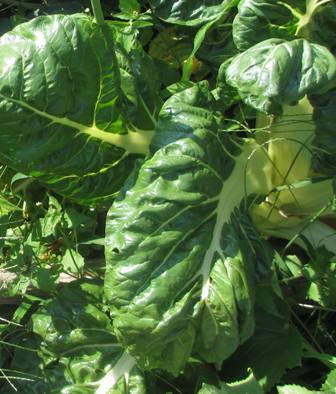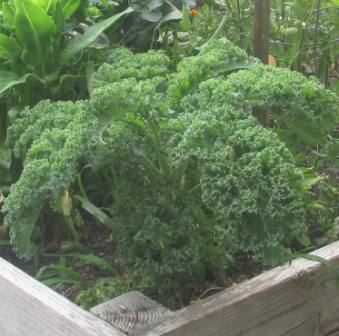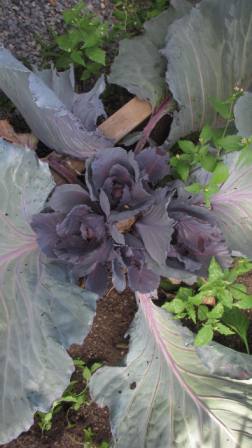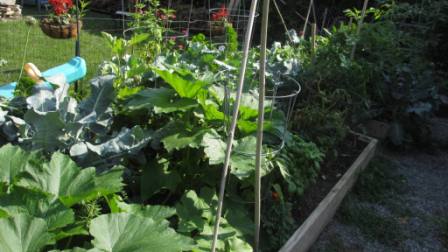So you want to plant some cold-weather loving veggies, but it’s August, and it’s hot, and you just don’t have time?
Guess again. If executed properly, all you need is one afternoon of light gardening to be on your way to enjoying some hearty soups, stews and side dishes that include your favorite greens this fall and winter!
As one might expect, your fall gardening success will be assured so long as you already have ready-dug garden beds in place. Your garden beds should be filled with rich, fertile soil. If they aren’t, or they don’t exist, then I must apologize because this will take much longer than I’ve claimed above.
If you grew a garden this summer, then likely have some work to do before you can plant your fall crop. That’s okay. The outcome will surely be worth the bit of effort you put in now. So let’s get to gardening!
Step 1. Pull up anything that looks dead, wilted, or diseased. Throw it away in the regular garbage. You don’t want diseased vegetables rotting in your compost, where the viruses, bacteria and fungus can spread via next year’s soil.
Step 2. Get rid of any weeds. If you’re like me, you may tend to get lazy and give up on weeding during the best parts of summer. My garden weeds always look worse than they really are. So buckle down, yank up and/or pull away all those invasive vines and such that are competing with your vegetables for nutrition in the soil. Bag and throw away the weeds. There, that didn’t take so long, now did it?
Step 3. Fluff up the garden soil with a pitchfork. You can omit this step if your garden dirt is soft and loamy, like ours is. (We buy our soil from a local nursery and refresh it every few years.) This is another case where, if your soil is too hard then it will probably take more time than expected to plant your fall garden.
Step 4. Go out and buy some autumn veggies. I would be surprised if Home Depot or Lowes had any in August, but you can always swing by just to be sure. My favorite local nursery here in western NJ is Cierich’s of Pohatcong. If you’re feeding a family of 4, then you really only need a few plants. I daresay that one kale plant will be more than enough for everyone.
An example of a small, manageable amount of fall garden plants to buy: 4 kale plants. Four lettuces. Four Swiss chards. Four broccoli plants. Alter the amount depending on which are your favorites and what you plan to do with them. Some may not survive, and that’s okay. Four of each will be enough for 4.
Step 5. Grab a small shovel or spade. Eyeball the amount of space needed for each plant. I would give them a “hug’s worth” of room. No, really. That’s how I determine it – I kind of encircle my arms around the space. Use the shovel to dig as many holes you need. So if you follow the above recommendation then it will be a total of 16 holes in about 2 garden beds’ worth of space.
Step 6. Plant each plant in a hole. You don’t need to have rows or anything. They don’t even have to be grouped by species. Just put your plants where they seem to fit. Lettuce is lower to the ground so it goes in front of tall kale plants and remaining tomatoes and such.
Tips: If you know that some part of your garden yields more sun than another part, then plant the Swiss chards there because they will be the first to die come October frost. The kales are the hardiest, and will grow under the snow. So put those in the part of the garden that takes the longest to thaw in spring time. That’s the coldest.
Step 7: Water your garden thoroughly. Put your empty boxes, shovels, etc., away.
That’s it! Your fall crops are planted. You’ll want to keep them well hydrated while they’re still small, so be sure to check up on your plants every few days, and water as necessary.




